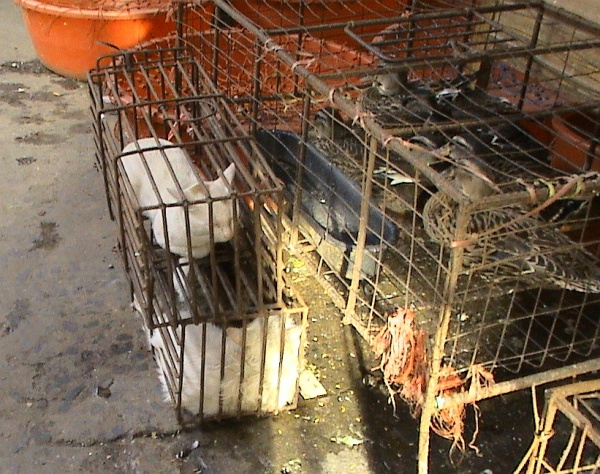Facts About Cat meat
Cat meat, sourced from domestic cats, has been consumed by humans in various parts of the world. While some countries have a tradition of eating cat meat, others have resorted to it only in desperate times, such as during wars or periods of extreme poverty.
In Africa, evidence from ancient feces indicates that prehistoric humans occasionally consumed the bones of wild African cats. In Cameroon, certain cultures still hold special ceremonies wherein eating cat meat is believed to bring good luck.
In Asia, particularly in parts of China like the Guangdong and Guangxi provinces, cat meat is considered a warming food, especially during the winter months. However, increasing pet ownership and concerns about animal welfare have led to growing opposition to this practice. Other Asian countries, including Japan, Korea, Taiwan, and Vietnam, also have histories of cat consumption, although acceptance and legality vary.
Europe has witnessed instances of cat consumption in countries such as Switzerland, Denmark, the United Kingdom, Italy, France, and Spain. These instances are often linked to historical contexts like wartime or famine. In Oceania, indigenous Australians in regions like Alice Springs have roasted feral cats, both as a source of food and as a means of controlling a threat to native wildlife.
In the Americas, some regions of Peru use cat meat in traditional dishes, which has sparked controversy, especially during festivals involving cat consumption. In the United States, the Dog and Cat Meat Trade Prohibition Act of 2018 made it illegal to consume cat meat, with exceptions for Native American religious ceremonies.
Both Jewish and Islamic dietary laws prohibit the consumption of cat meat, aligning with broader bans on consuming terrestrial predators. The practice of eating cat meat is a topic of cultural, ethical, and legal debate worldwide, reflecting diverse attitudes and customs across different regions and traditions.

 Chile
Chile